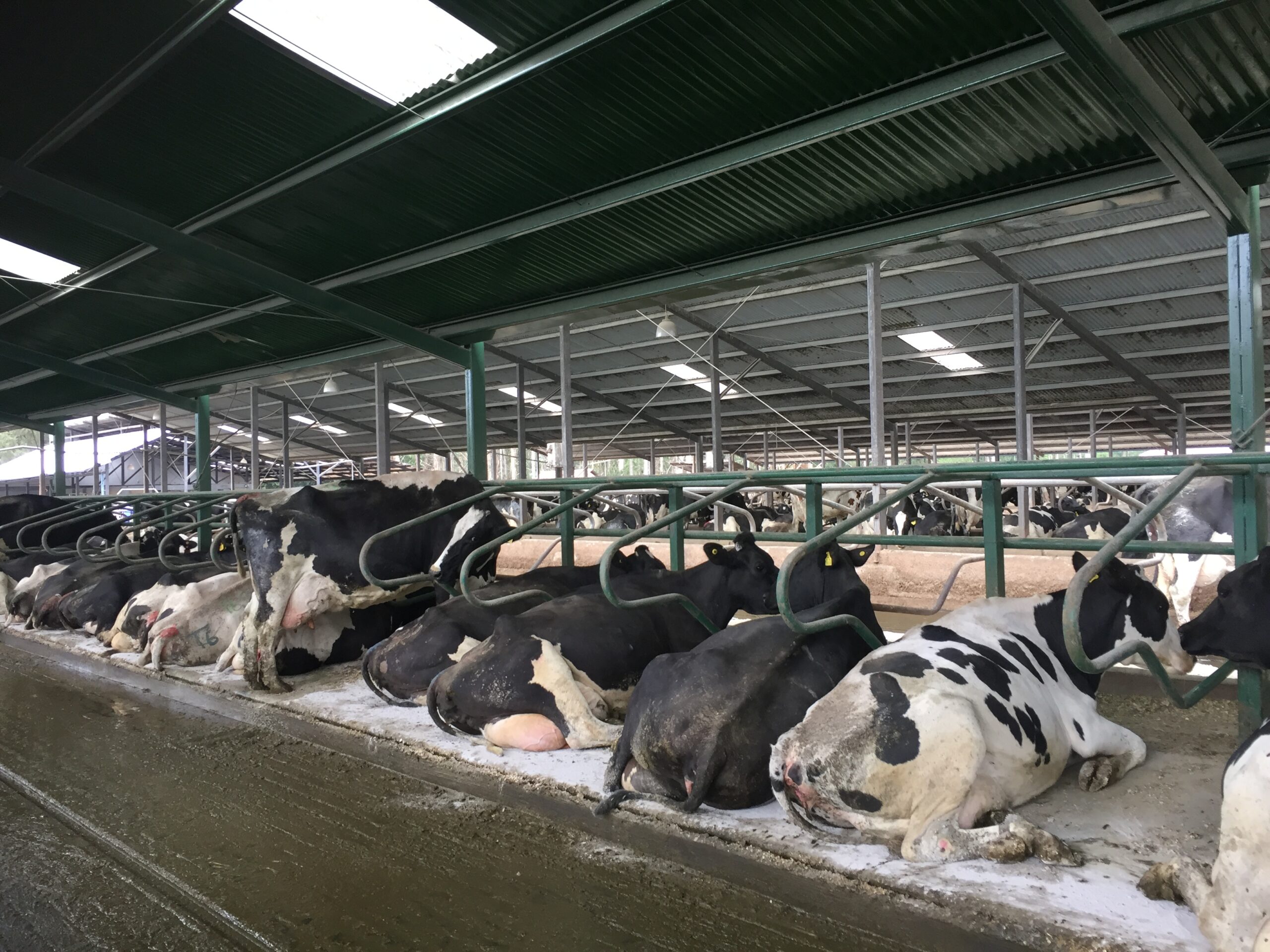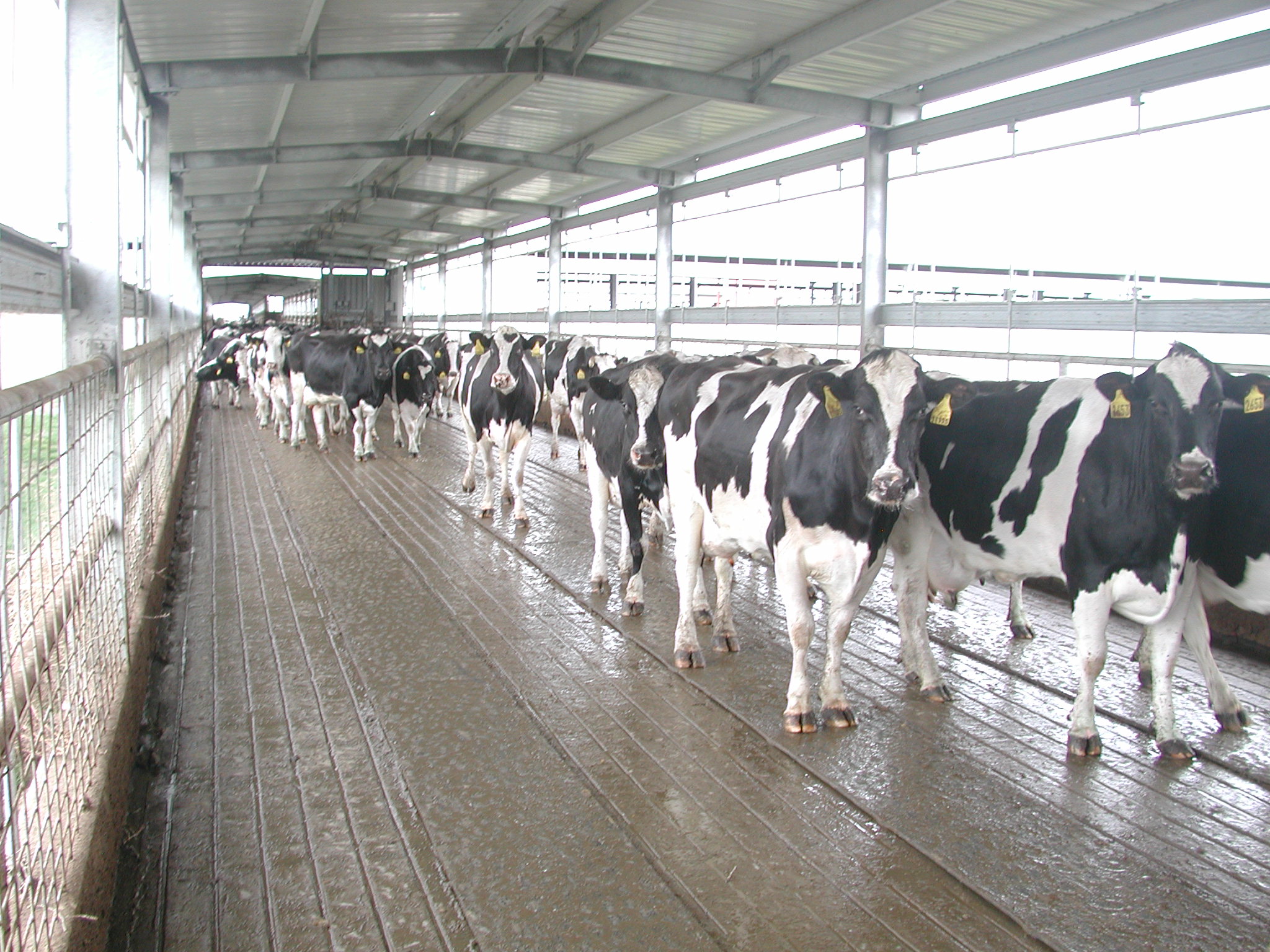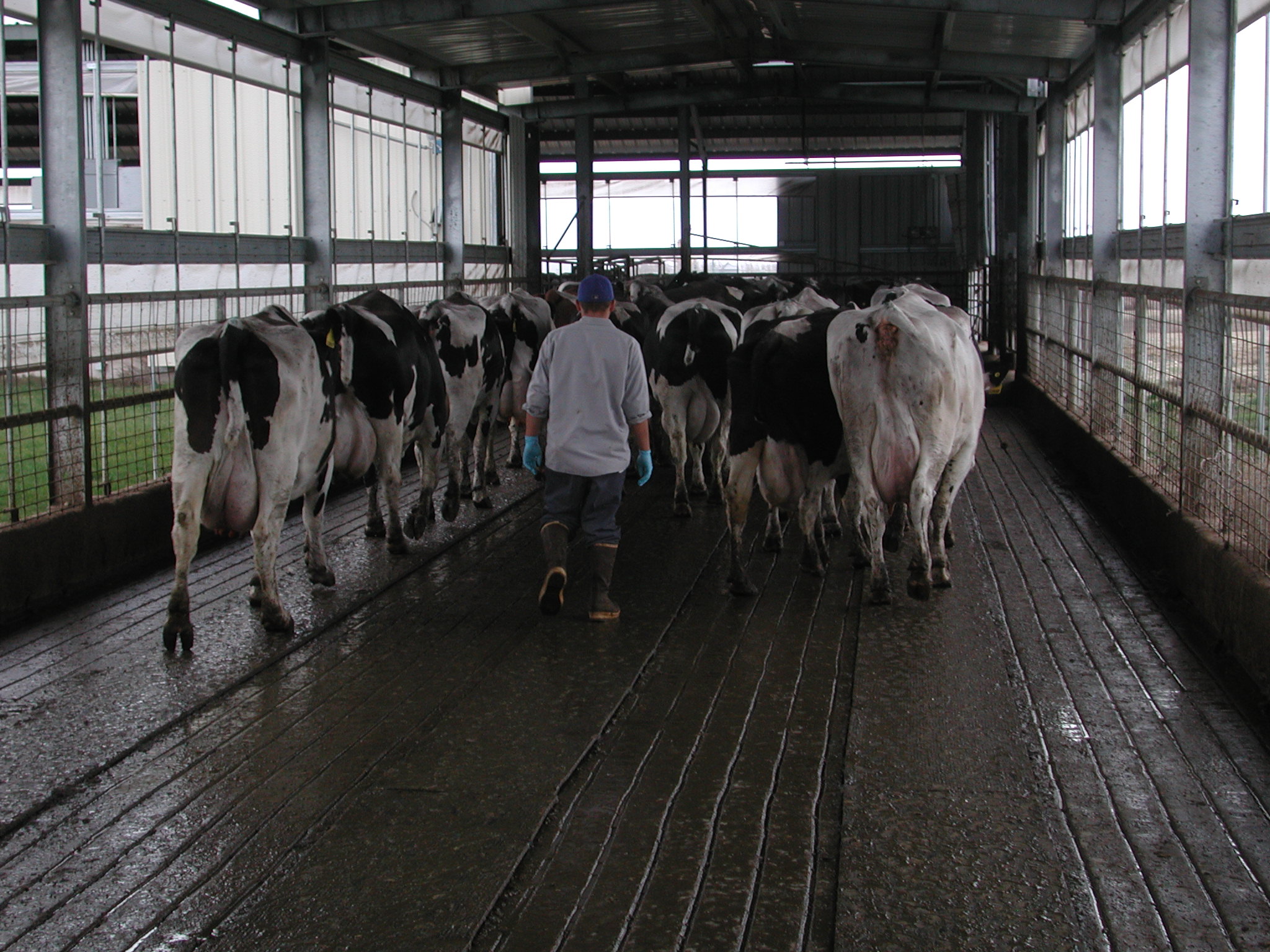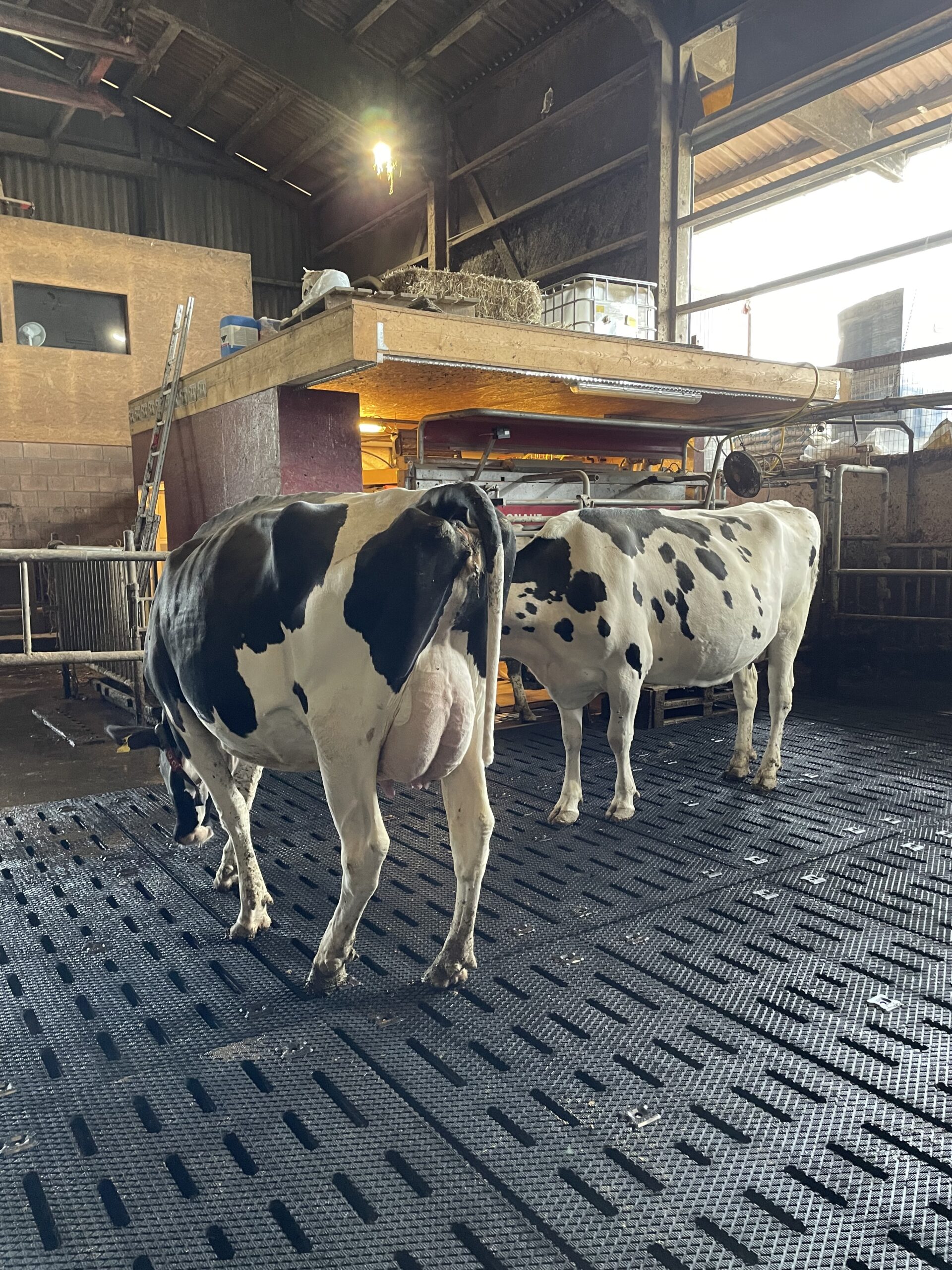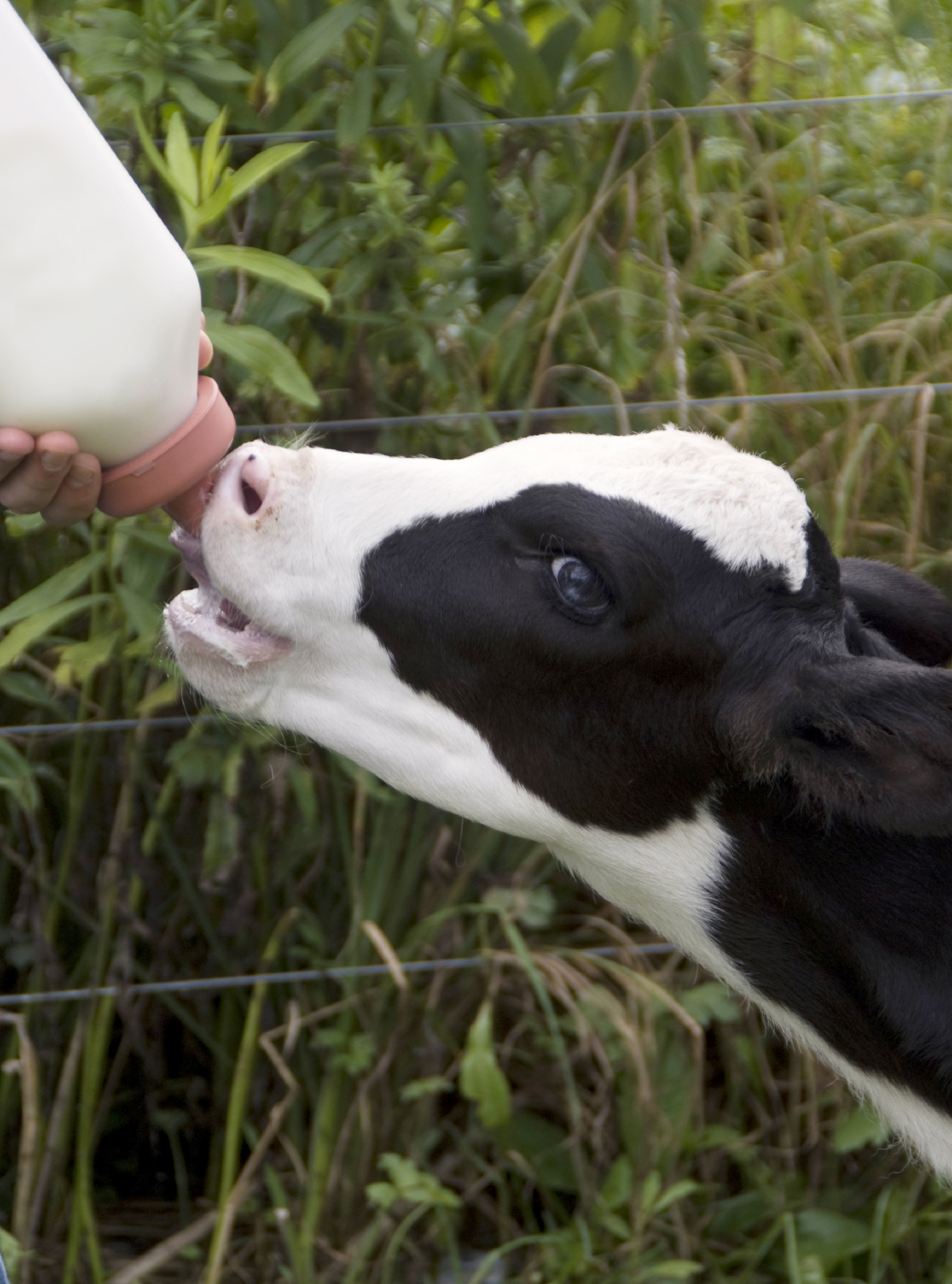Categories ArchivesArticles
“Our results showed that cows kept in tie stalls with hard concrete floors spend more time per day standing without feeding and tended to spend less time lying. Feeding time was not affected. The reduction in lying time was due primarily to a reduction in the frequency of lying bouts: the mean duration of bouts of both lying and standing were actually higher on the concrete floors than on the rubber floors. Thus, the main effect of the softer flooring was to increase the willingness of the cows to change posture, that is, to lie down and to stand up. Once the cows were lying down or standing, they continued to lie or stand for a shorter period of time ...
Continue Reading
In comfortable stalls, cows lie for 60% of the day and seldom perch or stand idly. The ideal stall has open forward space for normal rising and lying motions. It has no hazards that cause injury, pain or frustration. In addition, it provides space for all normal resting positions and allows cows to stand and lie straight. Cow and stall cleanliness are common in comfortable stalls. Cows should adapt easily, have ready access to feed, water and shade, and avoid injury in well- designed dairy housing. This document describes cow behaviour to look for when judging cow comfort in free-stall and tie-stall barns. The behaviours provide practical tests (indicators) of a housing system. Full article Industry Knowledge
Continue Reading
Housing design is vital for the maintenance of good welfare in dairy cows. Floor type and its influence on locomotion performance in dairy cattle were first suggested by Albright in 1997. Subsequently, floor features such as abrasiveness and hardness leading to insufficient friction and traction—as present in concrete floors (CF)—were suggested to negatively impact the claw health and locomotion of dairy cows. In this context, the use of cushioning floor surfaces, such as through the use of rubber flooring (RF), has been reported to improve gait properties. This includes reduced muscular activity in the hind limbs and similar stride length when compared to locomotion on pasture. Full article Industry Knowledge
Continue Reading
2013 – The researchers in the Florida and Indiana study discovered cows have more challenges walking on concrete than on rubber flooring. The study also showed cows are in chronic pain and have more inflammation when walking on hard surfaces. Rubber flooring can help keep cows healthy. Full article Industry Knowledge
Continue Reading
According to an article published by the Western Dairy Management Conference, Canadian researchers studied the effects of roughness and compressibility of flooring surfaces on cow locomotion. Researchers assessed the occurrence of claw lesions on rear feet and the occurrence of clinical lameness based upon locomotion score and rates of claw growth and wear. Results from this study suggested that the Animat rubber flooring system used in this study was beneficial to hoof health. Full study Industry Knowledge
Continue Reading
Excerpt from the Dairy Global article by Matthew Wedzerai. When cattle were domesticated approximately 10,000 years ago, they likely were hardy, resilient animals deprived of extensive comforts and living in challenging environments. Today’s dairy cows more closely resemble highly functioning athletes than the tough and rugged creatures tamed by our distant ancestors. While they perform at a much greater rate than their predecessors, they can be more sensitive to adverse management or environmental factors. Full article Industry Knowledge
Continue Reading

